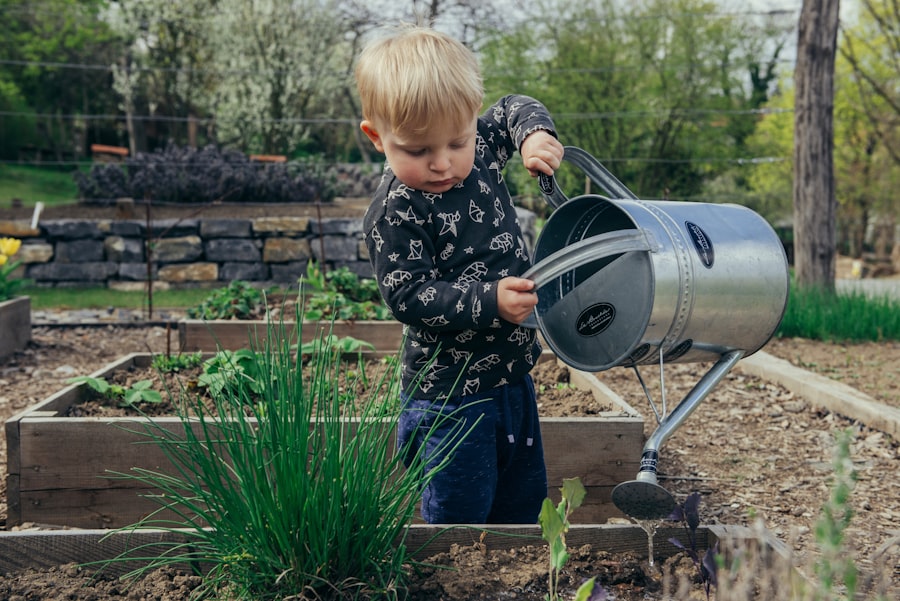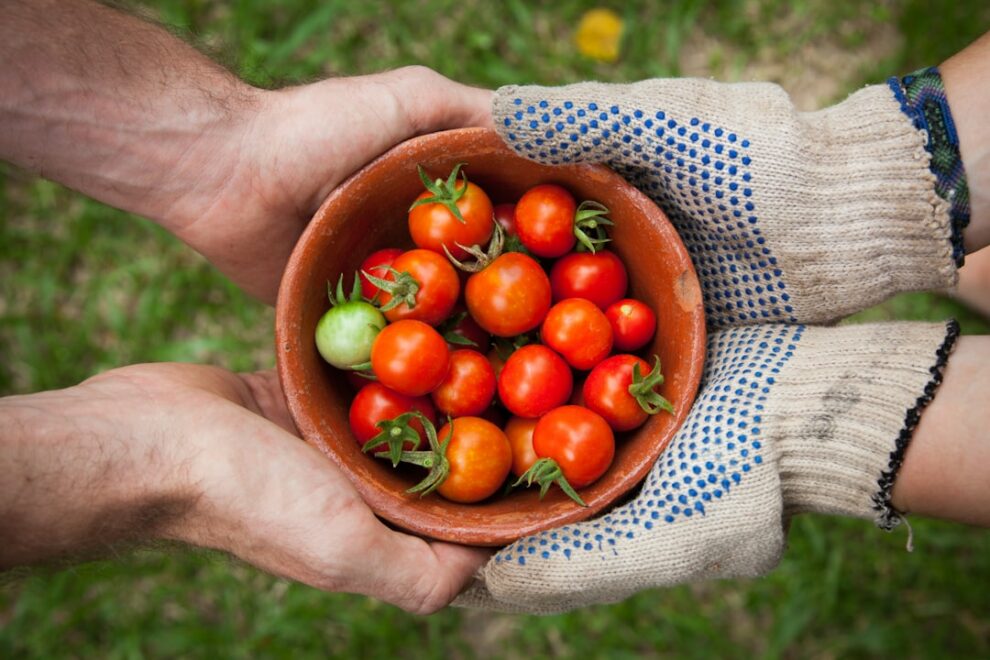As I delve into the essence of Taoist community building, I find that harmony stands as a cornerstone. In Taoism, harmony is not merely a concept; it is a way of life that permeates every interaction and relationship within the community. When I think about the dynamics of a community, I realize that harmony fosters an environment where individuals can thrive collectively.
It encourages open communication, mutual respect, and a shared sense of purpose. In a harmonious community, conflicts are resolved with understanding rather than confrontation, allowing for a more cohesive and supportive atmosphere. Moreover, the pursuit of harmony in a Taoist community reflects the natural order of the universe.
Just as nature operates in balance, so too should our communities. I have observed that when individuals prioritize harmony, they become more attuned to the needs and feelings of others. This sensitivity creates a ripple effect, promoting cooperation and collaboration.
In essence, harmony acts as a binding force that unites diverse individuals, enabling them to work together toward common goals while celebrating their unique contributions.
Key Takeaways
- Harmony is essential for building a strong Taoist community, promoting unity and cooperation among its members.
- Embracing the principle of Yin and Yang helps create a balanced and harmonious dynamic within the community, recognizing the importance of both feminine and masculine energies.
- Cultivating compassion and kindness in interpersonal relationships fosters a supportive and nurturing environment within the Taoist community.
- Nature and the environment play a significant role in Taoist community building, emphasizing the interconnectedness of all living beings and the importance of environmental stewardship.
- Practicing Wu Wei (Effortless Action) in community decision making encourages a natural and spontaneous approach to problem-solving, promoting a sense of ease and flow within the community.
Embracing the Principle of Yin and Yang in Community Dynamics
Embracing Duality
The principle of Yin and Yang is fundamental to understanding the dynamics within a Taoist community. This ancient concept represents the balance of opposites, such as light and dark, male and female, active and passive. By embracing this principle, I have found that it allows for a richer and more nuanced understanding of community interactions.
Balance in Community Interactions
Each member of the community brings their unique strengths and weaknesses, and by acknowledging these differences, we can create a more balanced environment. This balance is crucial in decision-making processes, where considering both assertive and receptive approaches is essential.
Fostering Harmony
By valuing both perspectives, we can arrive at solutions that are not only effective but also considerate of everyone involved. This balance fosters an atmosphere where all voices are heard and respected, ultimately leading to a more harmonious community.
Cultivating Compassion and Kindness in Interpersonal Relationships

Compassion and kindness are vital ingredients in nurturing interpersonal relationships within a Taoist community. As I reflect on my own interactions, I realize that these qualities create an atmosphere of trust and safety. When I approach others with compassion, I am more likely to understand their struggles and perspectives.
This understanding fosters deeper connections and encourages open dialogue, which is essential for resolving conflicts and building strong relationships. In my journey, I have learned that acts of kindness can have a profound impact on the community as a whole. Simple gestures—such as offering support during difficult times or celebrating each other’s successes—can strengthen bonds among members. When kindness becomes a shared value, it cultivates an environment where individuals feel valued and appreciated.
This sense of belonging is crucial for fostering a thriving community where everyone can contribute their unique gifts.
The Role of Nature and the Environment in Taoist Community Building
| Aspect | Metrics |
|---|---|
| Connection to Nature | Percentage of community members who engage in nature-based practices |
| Environmental Stewardship | Number of community-led environmental conservation projects |
| Health and Well-being | Survey results on the impact of nature on community members’ mental and physical health |
| Social Cohesion | Frequency of community nature outings and gatherings |
| Spiritual Connection | Number of community members who incorporate nature into their spiritual practices |
Nature plays an integral role in Taoist philosophy, and its influence extends to community building as well. As I immerse myself in the natural world, I am reminded of the interconnectedness of all living beings. In a Taoist community, this connection to nature serves as a guiding principle for sustainable practices and environmental stewardship.
By honoring the earth and its resources, we create a foundation for a healthy community that respects both people and the planet. I have found that engaging with nature can also enhance our sense of community. Activities such as communal gardening or nature walks not only promote physical well-being but also foster social bonds among members.
These shared experiences allow us to appreciate the beauty of our surroundings while reinforcing our commitment to preserving them for future generations. In this way, nature becomes a source of inspiration and unity within the community.
Practicing Wu Wei (Effortless Action) in Community Decision Making
The concept of Wu Wei, or effortless action, is another essential aspect of Taoist philosophy that can greatly influence community decision-making processes. As I reflect on this principle, I recognize that it encourages us to approach challenges with a sense of ease rather than forcefulness. In my experience, when we practice Wu Wei in decision-making, we allow solutions to emerge organically rather than imposing our will upon others.
This approach fosters an environment where collaboration thrives. By creating space for open dialogue and allowing ideas to flow freely, we can tap into the collective wisdom of the community. I have witnessed how this method leads to more innovative solutions that resonate with everyone involved.
When decisions are made with Wu Wei in mind, they tend to be more harmonious and aligned with the community’s values.
Honoring Ancestors and Traditions in Taoist Community Building

In my exploration of Taoist community building, I have come to appreciate the significance of honoring ancestors and traditions. This practice serves as a bridge between past and present, connecting us to our roots while guiding our future endeavors. By acknowledging the wisdom of those who came before us, we cultivate a sense of continuity and belonging within the community.
I have found that incorporating traditional rituals and practices into our communal life strengthens our identity as a group. Whether it’s celebrating festivals or participating in ancestral ceremonies, these activities foster a shared sense of purpose and unity. They remind us that we are part of something larger than ourselves—a lineage that transcends time and space.
In honoring our ancestors, we also cultivate gratitude for their contributions, inspiring us to carry forward their legacy with respect and reverence.
Balancing Individualism and Collectivism in Taoist Community Dynamics
Navigating the balance between individualism and collectivism is crucial in fostering healthy dynamics within a Taoist community. As I reflect on my own experiences, I recognize that both aspects are essential for creating a vibrant and inclusive environment. Individualism allows for personal expression and creativity, while collectivism emphasizes collaboration and shared responsibility.
In practice, I have seen how encouraging individual contributions can enhance the overall strength of the community. When members feel empowered to share their unique talents and perspectives, it enriches our collective experience. At the same time, fostering a sense of belonging through collective initiatives reinforces our interconnectedness.
Striking this balance requires ongoing dialogue and reflection, ensuring that every voice is valued while maintaining a cohesive community spirit.
Fostering a Sense of Oneness and Interconnectedness in Taoist Communities
Ultimately, fostering a sense of oneness and interconnectedness is at the heart of Taoist community building. As I engage with others in my community, I am continually reminded that we are all part of a larger tapestry woven together by shared experiences and aspirations. This awareness encourages me to approach relationships with empathy and understanding, recognizing that each person’s journey contributes to the collective narrative.
In my experience, cultivating this sense of oneness can be achieved through various practices—such as group meditations or collaborative projects—that emphasize unity over division. When we come together with intention and purpose, we create an environment where everyone feels seen and valued. This interconnectedness not only strengthens our bonds but also inspires us to work together toward common goals that benefit the entire community.
In conclusion, my exploration of Taoist principles has illuminated the profound impact they can have on community building. By prioritizing harmony, embracing Yin and Yang, cultivating compassion, honoring nature, practicing Wu Wei, respecting traditions, balancing individualism with collectivism, and fostering interconnectedness, we can create vibrant communities that thrive on mutual support and understanding. As I continue on this journey, I am committed to embodying these principles in my own life and encouraging others to do the same for the betterment of our shared existence.
In a related article on boosting productivity, 27 AI Tools to Boost Your Productivity, the focus is on utilizing technology to enhance efficiency in various aspects of life. This aligns with Taoist Perspectives on Community Building, as both emphasize the importance of utilizing resources effectively to create a harmonious and thriving community. By incorporating AI tools and strategies, individuals can streamline their workflow and contribute more effectively to the collective well-being of their community.
FAQs
What is Taoism?
Taoism is a philosophical and religious tradition that originated in China. It emphasizes living in harmony with the Tao, which is often translated as “the way” or “the path.”
What are Taoist perspectives on community building?
Taoist perspectives on community building emphasize the importance of balance, harmony, and interconnectedness. Taoists believe in the concept of “wu wei,” or non-action, which encourages individuals to act in accordance with the natural flow of events and to avoid forcing outcomes.
How do Taoists view the role of individuals within a community?
Taoists believe that individuals have a responsibility to contribute to the well-being of the community while also cultivating their own inner harmony. They emphasize the importance of humility, compassion, and selflessness in interactions with others.
What are some practical ways that Taoist principles can be applied to community building?
Practical applications of Taoist principles in community building may include promoting open communication, fostering a sense of interconnectedness, and encouraging individuals to find their own unique ways of contributing to the community.
How does Taoism view the relationship between humans and nature in the context of community building?
Taoism emphasizes the interconnectedness of all things, including the relationship between humans and nature. Taoist perspectives on community building often involve promoting environmental stewardship and a deep respect for the natural world.













Add Comment